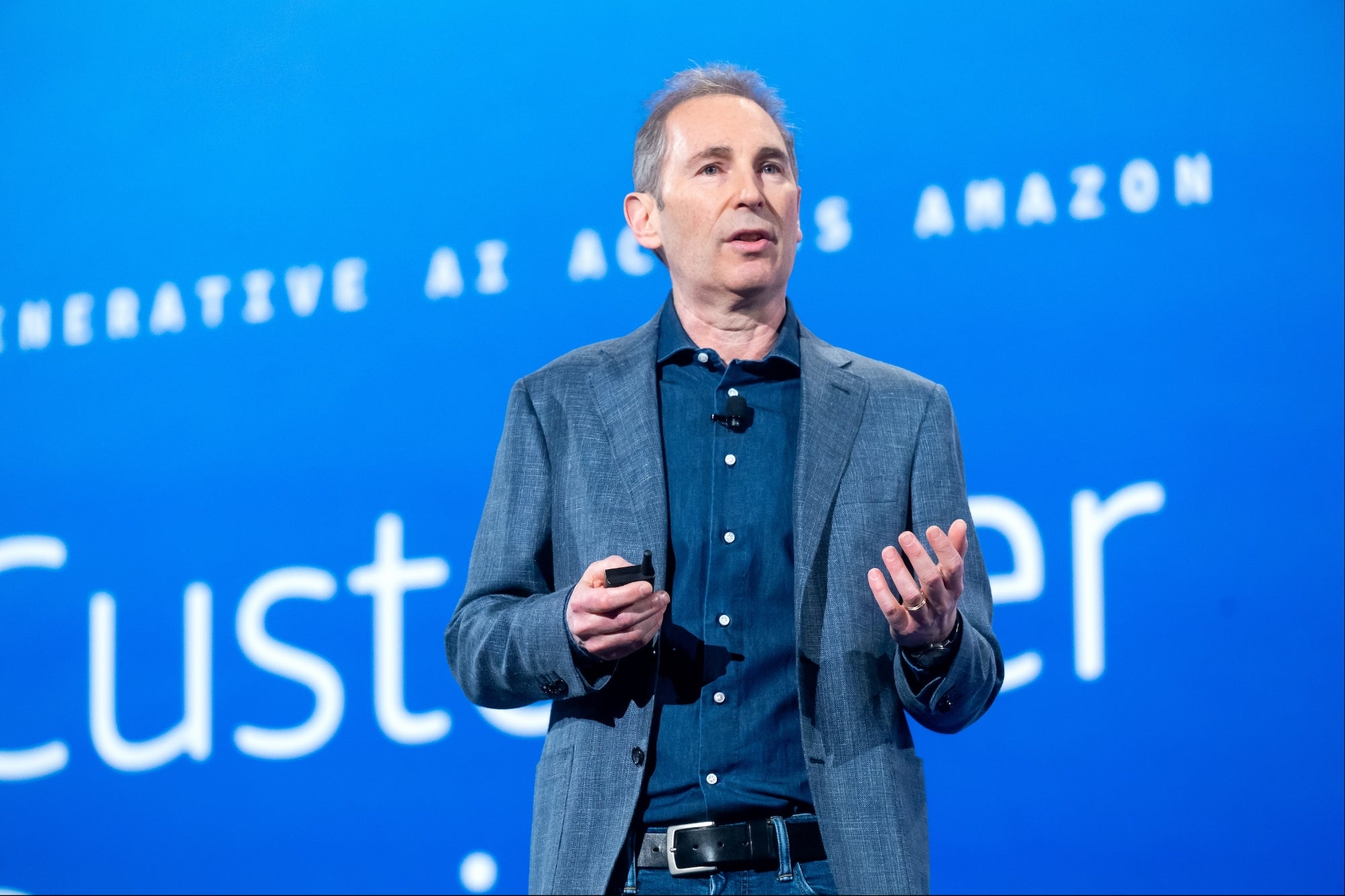You Can Know What Employees Are Doing Without Being Big Brother Distractions are epidemic and surveillance is bad for morale. The solution is engaged leadership.
By Matt Straz Edited by Dan Bova
Opinions expressed by Entrepreneur contributors are their own.
With a whopping 68 percent of U.S. workers not engaged in their jobs, according to a 2014 Gallup study of 80,837 adults, it's important for employers to stay on top of individual productivity. Thanks to modern technology, it's easier than ever to track employees while at work. The question is, how can employers track employee productivity without becoming Big Brother?
There's a fine line between monitoring employee productivity and micromanaging. A 2014 Accountemps survey revealed that, of the 59 percent of employees who reported working for a micromanager at some point, 55 percent said it hurt their productivity. No employee wants to work for Big Brother, and no manager wants to be Big Brother.
To avoid being known as the office control freak, here are four do's and don'ts for tracking employee productivity:
1. Track individual performance.
How well a business performs comes down to how well employees perform. With that in mind, tracking individual performance is essential. Consider meeting with employees in a casual, one-on-one setting to get a better idea of how they are performing and the progress they've made toward their work goals.
Don't track time. Tracking individual performance is one thing; tracking hours and days is another. Time-tracking tools measure the amount of time employees spend on particular tasks and projects -- not the quality of their work or the results of time spent. Performance should be measured in work done well and deadlines met, not how long it took to get the job done.
Related: 3 Tips for Legally and Ethically Monitoring Employees Online
2. Stay visible.
What keeps employees from reaching peak performance? They could be distracted. In fact, a CareerBuilder study of 2,100 hiring managers and 3,000 employees released last year found that texting, office gossip, the Internet and social media are among the top distractions thwarting employee productivity.
Being more visible to employees, from spending more time on the office floor to friending employees on social media, can help deter time-wasting activities like these.
Do trust employees to get the job done. Hovering over their shoulders gives the impression of a lack of trust. And with nearly 60 percent of workers polled in a 2014 Interaction Associates survey believing their organization lacks trust, it's time to stop hovering and start believing in success.
3. Use tech to monitor performance.
When used right, technology can help employers and employees keep track of individual performance. Implementing tech tools, like 360-degree performance management software, can give employers a full picture of employee performance, without employers looking like Big Brother.
Don't use tech to monitor individual email, Internet and social media use, however. These are more personal platforms that have less to do with how employees work. Monitoring these things can make the workplace feel a lot less safe and a lot more restricting.
If Internet and social media use become a problem, have employees use apps, like the Chrome extension StayFocusd, designed to limit the amount of time employees can spend on familiar time-wasting websites while at work.
Related: Distracted and Overwhelmed Employees Are Costing You Big. Try These 3 Fixes.
4. Motivate employees.
The key to not being Big Brother is creating a work environment and culture that motivates and engages employees, so employers don't have to constantly track employee productivity. Empower employees by giving them ownership over their work. When employees understand how their work efforts contribute to the big picture, they'll be more motivated to work toward their individual goals.
Do make performance reviews less about employee performance and more about goal setting and employee development. Avoid discouraging reviews that only focus on what an employee is doing wrong. Spend more time focusing on the solution, not the problem.
Related: To Motivate Employees, Find a Balance Between Job Enrichment and Job Enlargement










